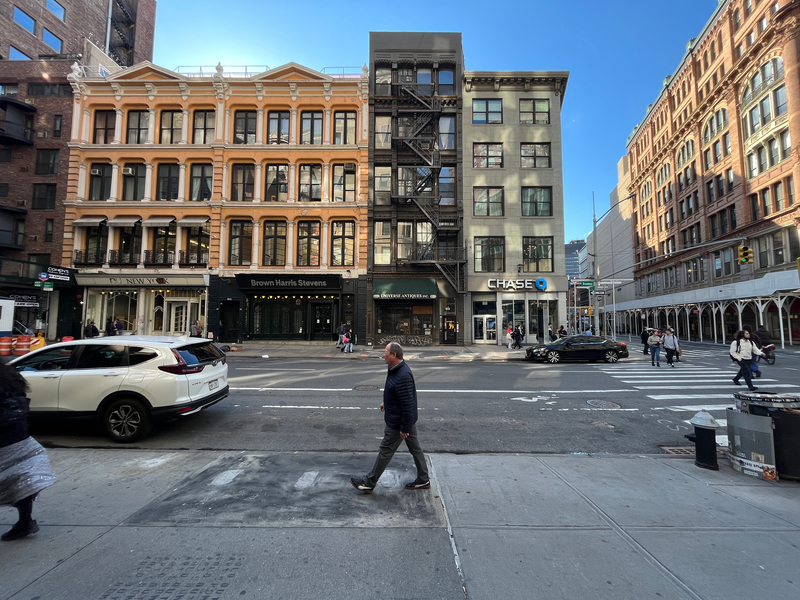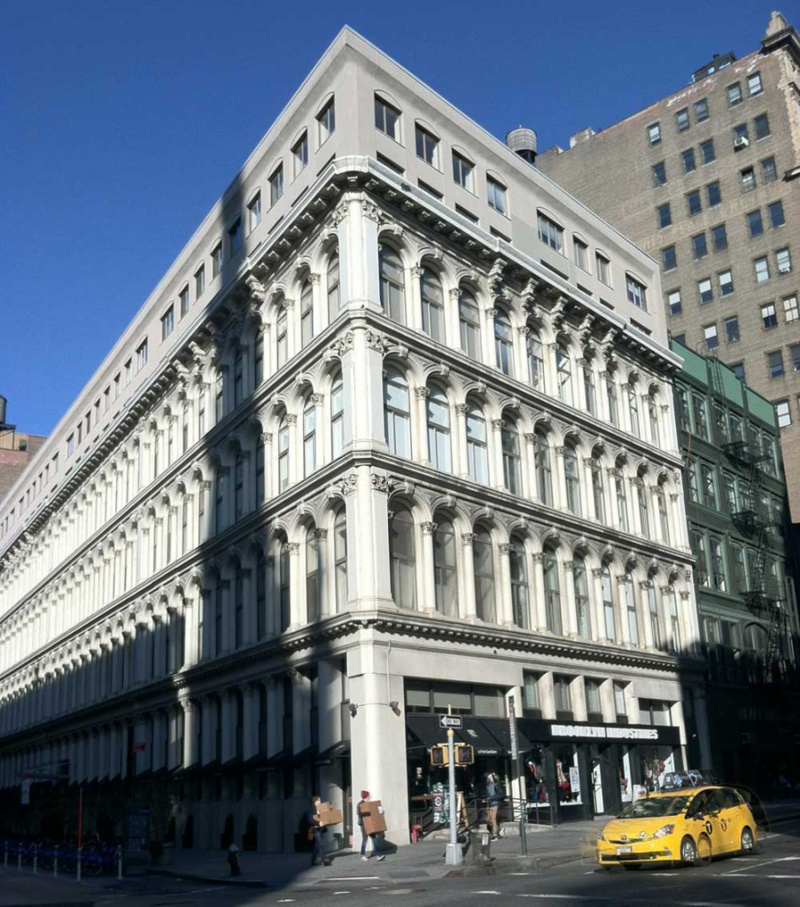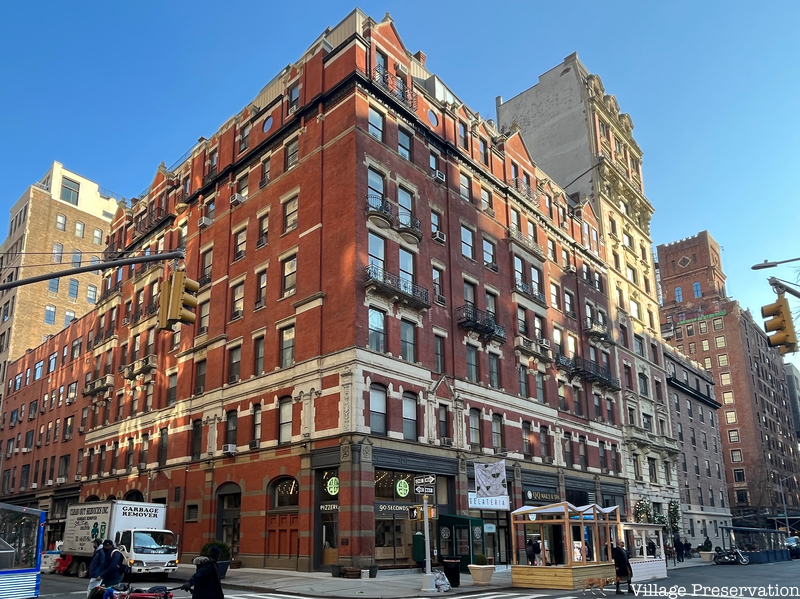
When you think of cast iron architecture and New York City, it’s usually the streets of SoHo that come to mind, But just north of the SoHo historic district, at the intersection of Greenwich Village and the East Village, preservationists are trying to save more of New York City’s cast iron architecture, as well as pieces of its vibrant cultural history. This transitional space south of Union Square is the focus of a Village Preservation campaign that is fighting for landmark designation and zoning protections that will shield the neighborhood’s historic structures from an anticipated onslaught of development as “Silicon Alley,” New York City’s burgeoning tech hub, continues to expand. Within this district, roughly bounded by Third to Fifth Avenues and 14th to 9th Streets, there are buildings that once served as the residences of famous artists, buildings that hold the legacy of important activist movements, buildings that illustrate New York City’s evolving commercial industry and so much more. We’ve rounded up some of the most stunning examples of cast iron architecture in the proposed south of Union Square historic district that preservationists are fighting to save.
On January 18th, join Village Preservation Executive Director Andrew Berman for a fascinating virtual tour of the hidden history south of Union Square. In this live virtual talk, which is free for Untapped New York Insiders, you’ll discover how the neighborhood played a defining role in the launch of the modern African American and LGBTQ+ civil rights movements, the Women’s suffrage movement, anti-fascist organizing and labor and leftist movements. You’ll also uncover the homes of the greatest artists of the mid-20th century, see examples of America’s greatest architects, such as James Renwick Jr., and learn about how this area was the center of commerce and culture.
1. 801-807 Broadway

The first spot on our list has to go to 801-807 Broadway, known as “The Cast Iron Building.” John Kellum, the architect known for his work on the A.T. Stewart Department Store, designed for Scottish textile merchant James McCreery. In 1869, the James McCreery & Co. Dry Goods emporium opened inside. The store operated until 1902.
The cast iron for the building came from the foundry of J. B. & W. W. Cornell Ironworks. The company also produced manhole and coal hole covers, which you can still spot around New York City. The Cornell Company still exists today as a rolling door manufacturer. In 1971, a fire destroyed the interior of the building, but the sturdy cast-iron facade was saved. The original mansard roof was replaced and the building was converted into apartments.






